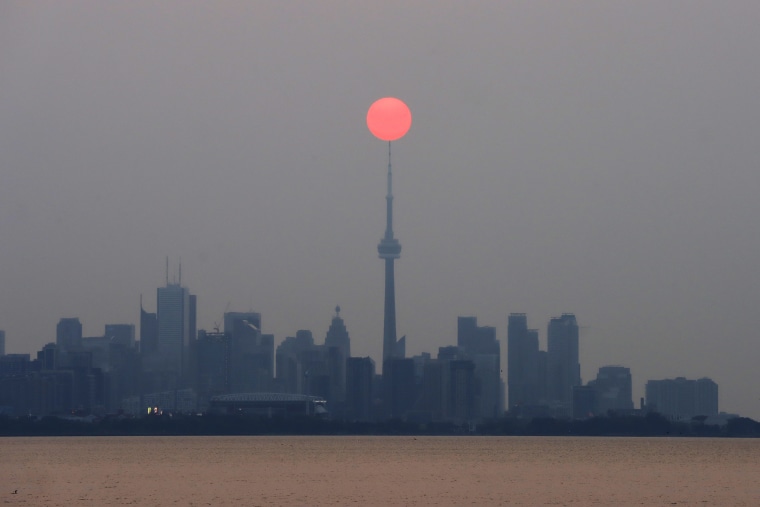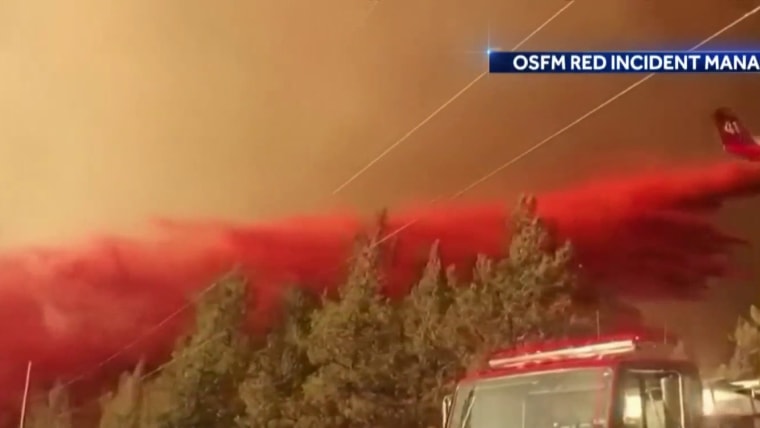The Telegraph
Being vegetarian makes you less likely to develop cancer and heart disease, major study finds

Being a vegetarian makes you less likely to develop cancer and heart disease, a major new study has found.
Scientists at the University of Glasgow analysed more than 177,000 adults in the UK to find out whether their dietary choice affected the level of disease markers in their bodies.
They looked at 19 health indicators, known as biomarkers, in their blood and urine related to cancer, cardiovascular diseases, diabetes and kidney function, as well as liver, bone and joint health.
The 4,000 vegetarians in the group had significantly lower levels of 13 biomarkers when compared with meat eaters, the scientists found.
These included low-density lipoprotein (so-called “bad cholesterol”); apolipoprotein A and B, which are linked to cardiovascular disease; and insulin-like growth factor, a hormone that encourages the growth and proliferation of cancer cells.
Even vegetarians who were obese, smokers or drinkers were found to have lower levels of these biomarkers, suggesting diet is an incredibly important influence on the risk of developing serious illnesses.
Dr Carlos Celis-Morales, who led the research, said: “Our findings offer real food for thought. As well as not eating red and processed meat which have been linked to heart diseases and some cancers, people who follow a vegetarian diet tend to consume more vegetables, fruits, and nuts which contain more nutrients, fibre, and other potentially beneficial compounds.
“These nutritional differences may help explain why vegetarians appear to have lower levels of disease biomarkers that can lead to cell damage and chronic disease.”
Biomarkers are widely used to assess the impact of diet on health.
The participants were aged between 37 and 73, and filled out questionnaires on what they ate. They had not radically altered their diet in the five years prior to the study.
However, the scientists noted that the biomarkers of participants were only tested once, rather than multiple times over a long period of time – so more extensive testing could yield different results.
Despite having lower levels of 13 biomarkers linked to disease, vegetarians were also found to have lower levels of some beneficial biomarkers.
These included high-density lipoprotein (so-called “good cholesterol), and vitamin D and calcium, which are linked to bone and joint health.
They also had a significantly higher level of fats (triglycerides) in the blood, as well as cystatin-C – suggesting a poorer kidney condition.
Scientists concluded in the study: “Vegetarians have a more favourable biomarkers profile than meat-eaters. These associations were independent of sociodemographics and lifestyle-related confounding factors.”
The findings will be presented to the European Congress on Obesity this week.



















